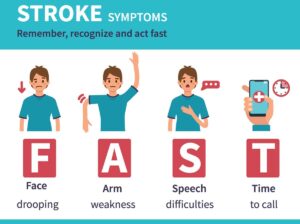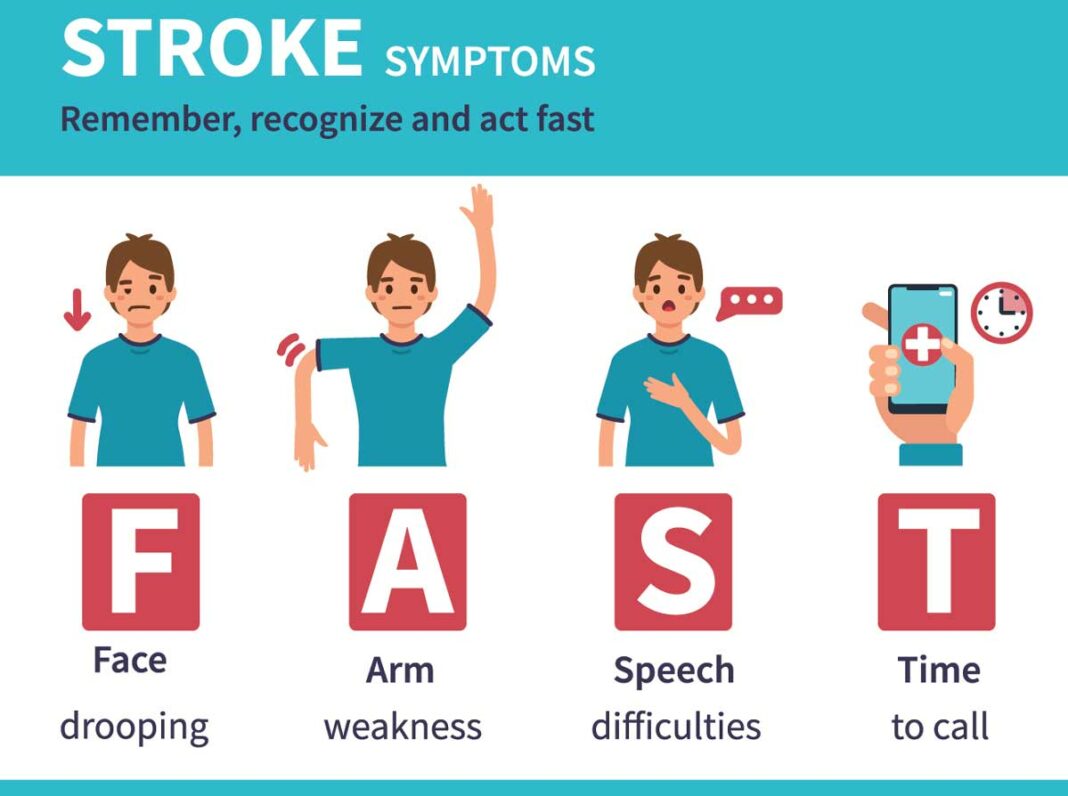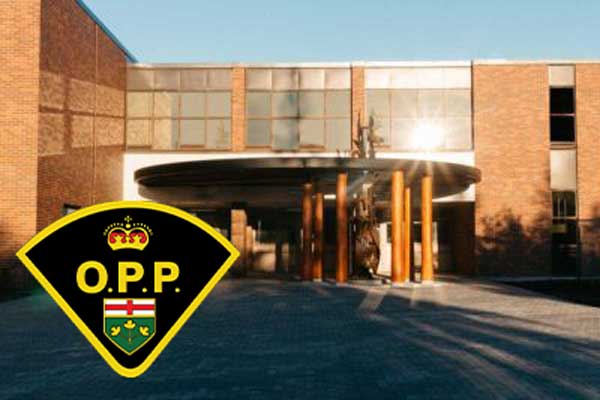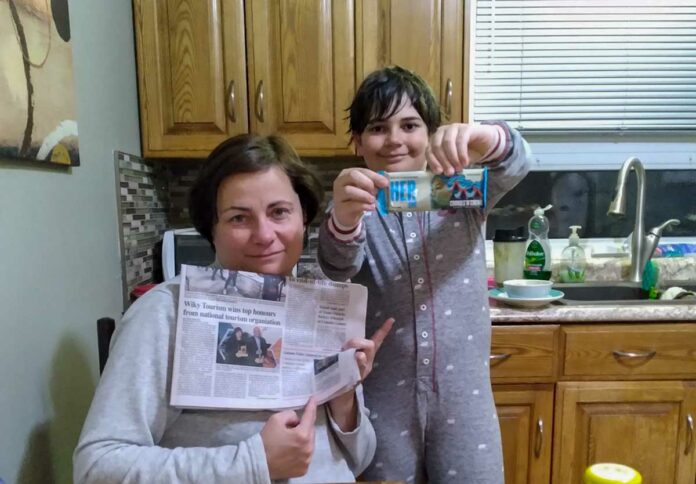by Michael Erskine
SUDBURY—Strokes are usually associated with the elderly, but in truth the potentially deadly medical condition can strike at any age. A new procedures pioneered, in part, in Sudbury is making a huge difference in the outcome for some victims. But time is of the essence when a stroke is involved and Island medical professionals advise calling 9-1-1 if a stroke is suspected, rather than presenting at the emergency department.
“I have not personally had a patient that has undergone the procedure, but I know that there have been people on Manitoulin who have,” said Manitoulin Health Centre Chief of Staff Dr. Stephen Cooper.
Dr. Cooper notes that the procedure is not for every stroke and is not easy to set up as a CAT scan needs to be performed to determine what type of stroke is involved. The nearest CAT scanner is located at Health Sciences North (HSN). “If you are standing at the doors of HSN it takes about 30 minutes, but travel from Manitoulin typically takes two hours. Time is of the essence, because you have around a six-hour window.”
The need for a CAT scan is because 20 percent of strokes are hemorrhagic, due to bleeding in the brain. “They do not benefit, that is why the CAT scan,” said Dr. Cooper. “The new procedure only works if the stroke is caused by a blood clot.”
“Someone might not be able to lift their arm or talk,” he said, “right after the procedure they can lift their arm again or start talking—the more catastrophic, that’s where it can help.”
The “new” procedure involves the insertion of a tube into an artery in the thigh which is then moved to the location of the clot where it is sucked up the tube. The results can be quite dramatic. Not all blood clots are accessible through this method (sometimes the veins near the clot are just too small), but for those where it can help the results can be life changing.
HSN has been doing the procedure for over two years and 115 people have gone through the procedure there. Beside the need for a CAT scan diagnosis, only a handful of people are trained in the procedure.
“Sudbury had challenges when it came to staff with the necessary training,” said Dr. Cooper. “You need to have enough people needing the procedure. You can’t have the staff just sitting around waiting.” Given the time constraints, the medical professional with the training would have to drop anything else they were doing to attend the stroke victim.
Sudbury typically has 300 stroke victims a year presenting at HSN.
Dr. Cooper said that FAST is a key tool in determining if someone might be experiencing a stroke and encourages everyone to become familiar with the diagnostic tool.
FAST is an acronym for: Facial drooping, Arm weakness, Speech difficulties and Time. Medical professionals advise people to call 9-1-1 immediately if any of these signs of stroke appear: numbness or weakness in the face, arm, or leg; confusion or trouble speaking or understanding speech; trouble seeing in one or both eyes; trouble walking, dizziness, or problems with balance; severe headache with no known cause.

Dr. Cooper advises that should you suspect someone may be having a stroke, act FAST and do the following test: ask the person to smile and observe if one side of their face droops; ask the person to raise both arms—watch to see if one arm drifts downward; ask the person to repeat a simple phrase—listen to note if their speech is slurred or strange; and, critically, time—if you see any of these signs call 9-1-1 right away. Make note the time when any symptoms first appeared as this information helps health care providers determine the best treatment for each person. But do not drive to the hospital or let someone else drive you—call 9-1-1 for an ambulance so that medical personnel can begin life-saving treatment on the way to the emergency room. It is two hours, at best, to Sudbury and every minute counts.





